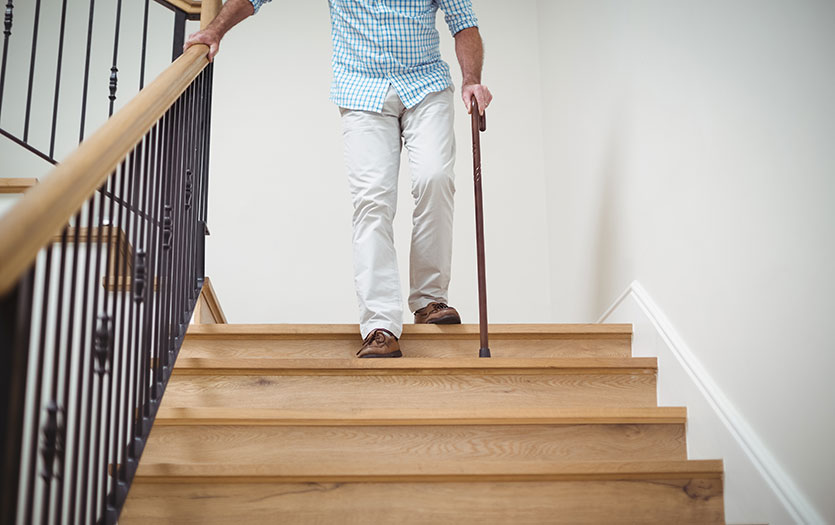
The blood clot conditions deep vein thrombosis (DVT) and pulmonary embolism are serious medical conditions that are often underdiagnosed. However, DVT is preventable and treatable if discovered early. To help improve your chances of catching a blood clot at an early stage, let’s dive into what blood clots are, who is at higher risk for developing one and when you should call your provider.
What is a blood clot?
A blood clot is a clump of blood that forms in a blood vessel, such as a vein or an artery. If a clot gets stuck in a blood vessel, it can cause serious problems like a deep vein thrombosis (DVT) or a pulmonary embolism.
A DVT is a blood clot in certain veins of the legs, pelvis or arms. It most often occurs in the legs. Blood clots in these veins need to be treated because they can get bigger, break loose, and travel through the bloodstream to the heart and then to the lungs. This causes a pulmonary embolism.
A pulmonary embolism is a sudden blockage of an artery in the lung. Blood clots in the deep veins of the leg are the most common cause of pulmonary embolism. In many cases, these clots are small, but they may damage the lungs. However, if the clot is large and stops blood flow to the lungs, it can be life-threatening.
Increased risk for blood clots
A few factors that can increase your risk for a blood clot include:
Slowed blood flow. When blood doesn't flow normally, clots are more likely to develop. Reduced blood flow may result from long-term bed rest, such as after surgery, injury or serious illness. Or it may result from sitting for a long time, especially when traveling long distances.
Abnormal clotting. Some people have blood that clots too easily or too quickly. Things that may cause increased clotting include:
- Having certain blood problems that make blood clot too easily. This is a problem that may run in families.
- Having certain health problems, such as cancer, heart failure, stroke or severe infection.
- Being pregnant. The risk of getting blood clots increases both during pregnancy and shortly after delivery or after a C-section.
- Using hormonal forms of birth control, gender-affirming hormone therapy or hormone therapy for menopause.
- Smoking
Injury to the blood vessel wall. Blood is more likely to clot in veins and arteries shortly after they are injured. Injury can be caused by a recent medical procedure or surgery that involves your legs, hips, belly, or brain. It can also be caused by an injury, such as a broken hip.
Suspected blood clots – when to call
Call 911 anytime you think you may need emergency care. For example, call if:
- You have symptoms of a blood clot in your lung (called a pulmonary embolism). These may include:
- Sudden chest pain
- Trouble breathing
- Coughing up blood
Call your doctor now or seek immediate medical care if:
- You have symptoms of a blood clot in your arm or leg (called a deep vein thrombosis). These may include:
- Pain in the arm, calf, back of the knee, thigh or groin
- Redness and swelling in the arm, leg or groin
Include a resident physician as part of your internal medicine care team
The Parkview Residency Center offers the unique opportunity to have a resident physician as part of your care team. Patients with a resident physician as part of their care team have access to:
- An individualized care plan with oversight by two highly qualified physicians
- The latest health information, practices and treatments
- Focused attention to help you achieve your health goals, such as understanding your personal test results
For more information, visit parkview.com/ResidencyFAQs.
Copyrighted material adapted with permission from Healthwise, Incorporated. This information does not replace the advice of a doctor.



